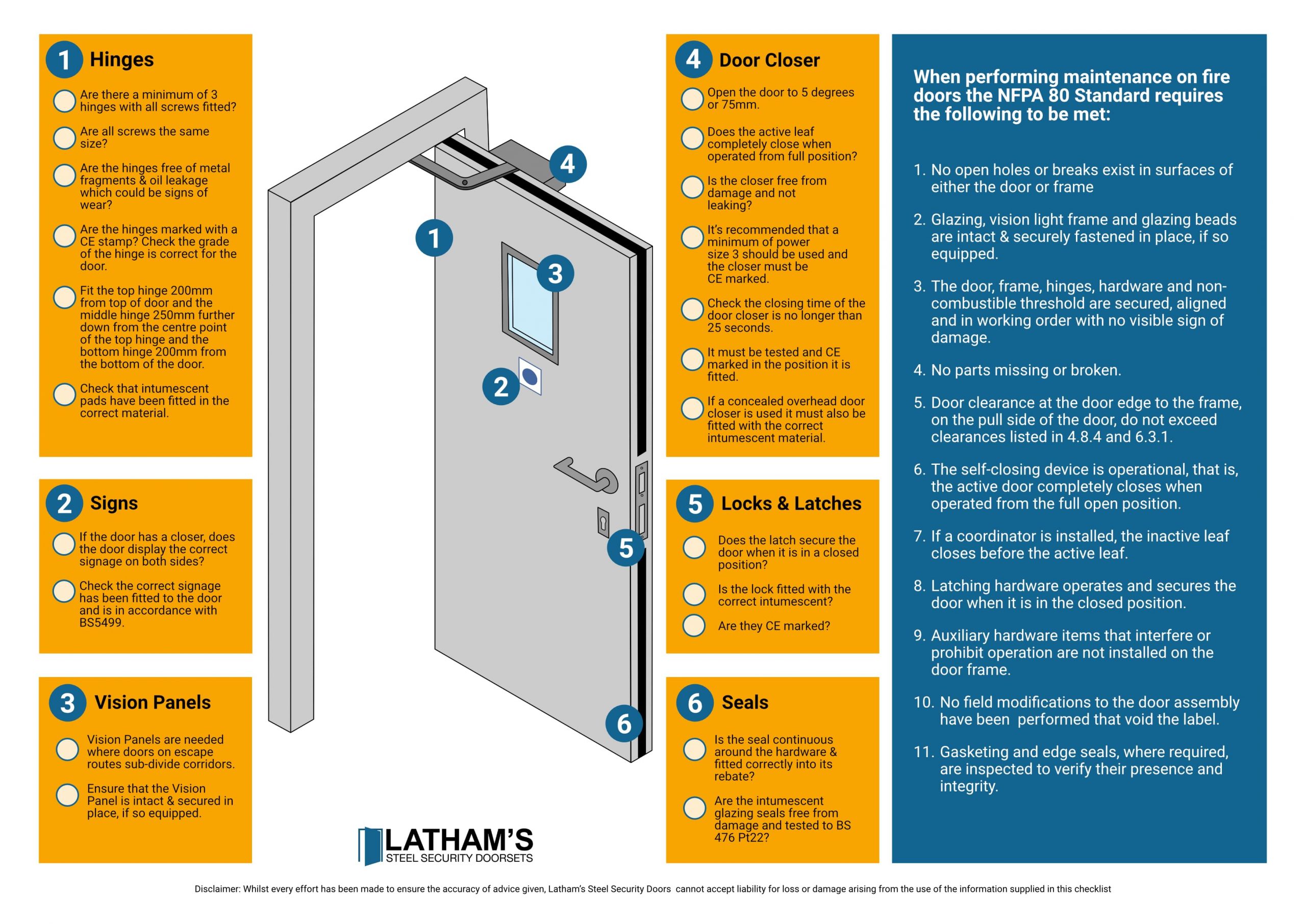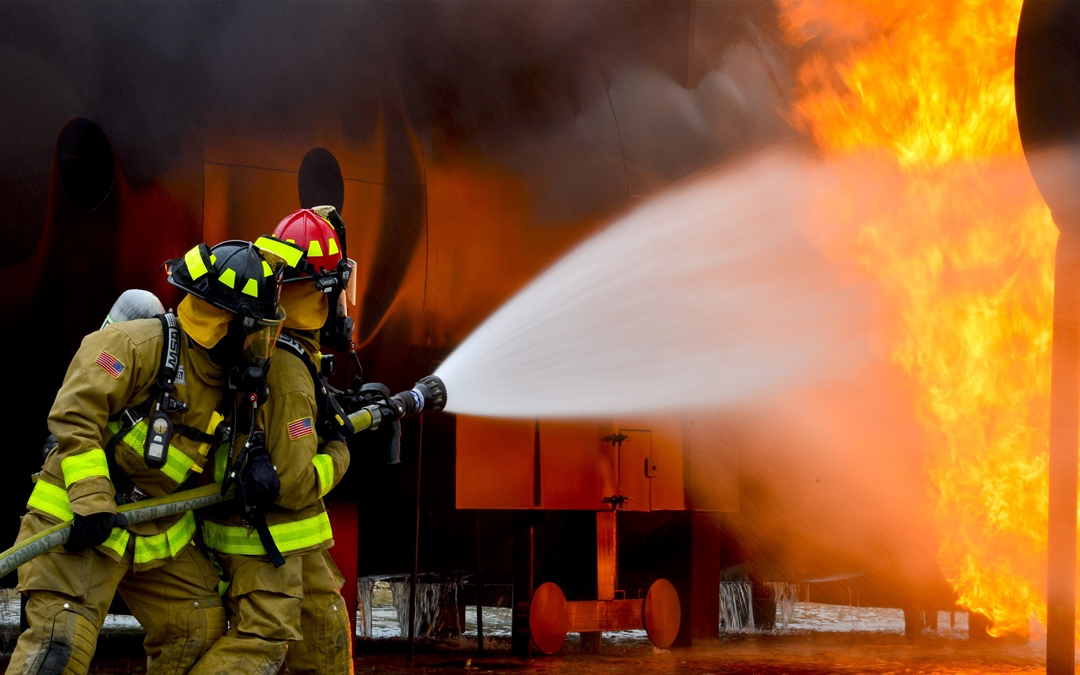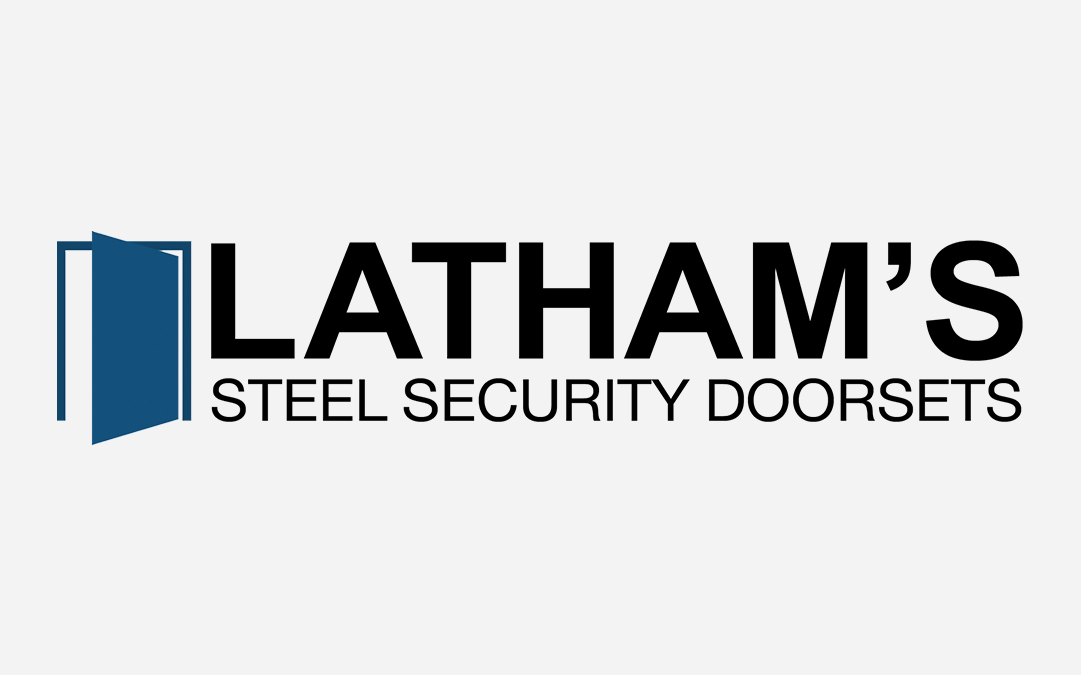Fire doors are a crucial factor to the success of passive fire protection systems. They act as a barrier between parts of a building, limiting the passage of fire and smoke and thus protecting lives and property.
To help ensure that fire doors operate safely, the National Fire Protection Association (NFPA), under NFPA 80, Standard for Fire Doors and Other Opening Protectives, requires periodic inspections for fire doors.
How often should fire doors be inspected?
The newest standard requires fire-rated doors to be tested for functionality no less than annually, and a written record of the inspection be kept on file for the Authority Having Jurisdiction (AHJ). However, the frequency of fire door inspections mostly depends on the circumstances and some common sense.
The BWF-Certifire Best Practice Guide recommends that periodic checks should be carried out every six months or more often (every week/month/three months) in busy buildings building areas where door traffic is high. If possible, employ a registered Fire Doors Inspection Scheme (FDIS) inspector to check your fire doors. This is a professional that has had their competence and knowledge independently assessed in fire doors inspection training and achieved a diploma in fire doors.
Who is responsible for checking fire doors?
Failure to comply with Fire Safety Regulations can have grave consequences such as buildings being shut down or even imprisonment for responsible persons. A responsible person is usually the building owner, facilities manager, building manager or managing agent. However, the inspection itself is always best delegated to an FDIS inspector to ensure compliance with all Fire Safety Standards.
Fire Door Maintenance
Ineffective fire doors endanger lives and are in breach of fire safety laws, whereas effective fire doors will restrict the spread of fire and smoke and therefore help people escape in the event of a fire. This makes it imperative that they are regularly maintained and kept up to standards.
When performing maintenance on fire doors the NFPA 80 Standard requires the following to be met:
- No open holes or breaks exist in surfaces of either the door or frame.
- Glazing, vision light frames, and glazing beads are intact and securely fastened in place, if so equipped.
- The door, frame, hinges, hardware, and non-combustible threshold are secured, aligned, and in working order with no visible signs of damage.
- No parts are missing or broken.
- Door clearances at the door edge to the frame, on the pull side of the door, do not exceed clearances listed in 4.8.4 and 6.3.1.
- The self-closing device is operational, that is, the active door completely closes when operated from the full open position.
- If a coordinator is installed, the inactive leaf closes before the active leaf.
- Latching hardware operates and secures the door when it is in the closed position.
- Auxiliary hardware items that interfere or prohibit operation are not installed on the door or frame.
- No field modifications to the door assembly have been performed that void the label.
- Gasketing and edge seals, where required, are inspected to verify their presence and integrity.
See below for a more detailed, and downloadable fire inspection checklist. Print it out and ensure you’re always fire safe compliant. For more information on UK fire door regulations, read our guide here.




